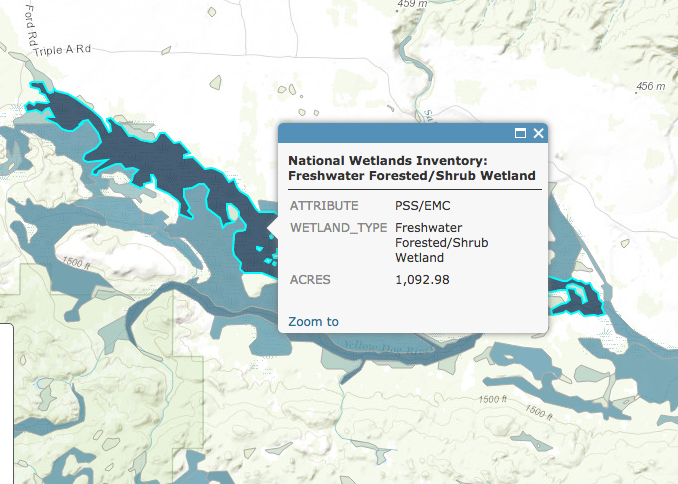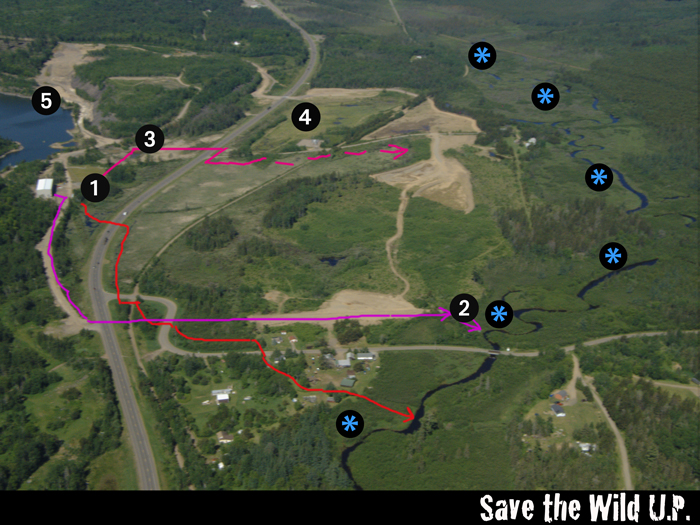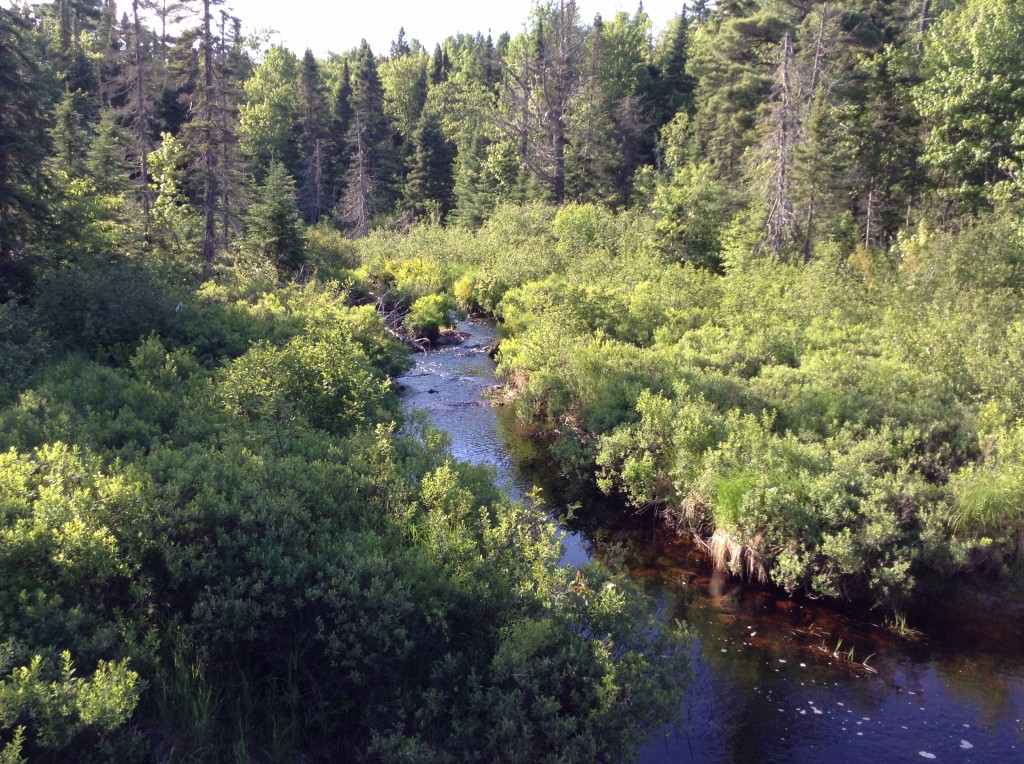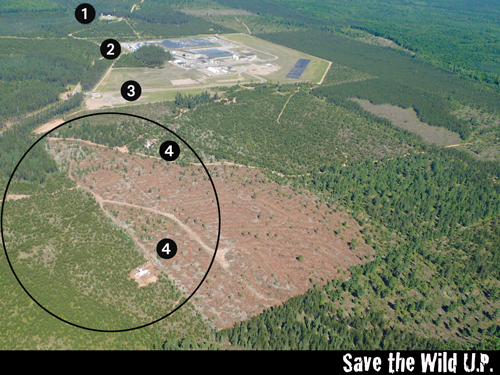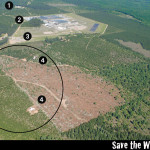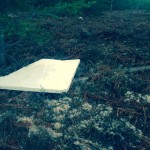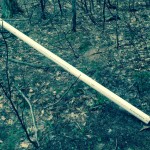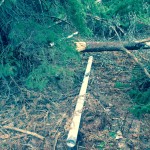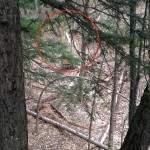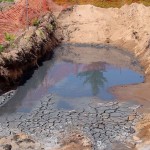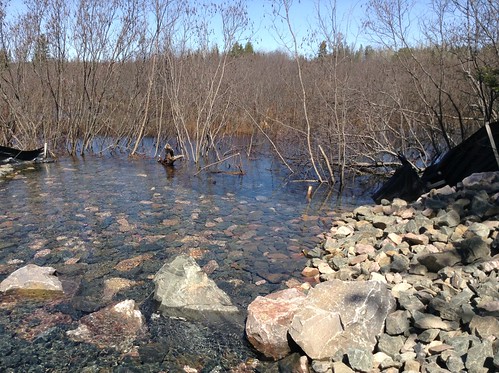Dr. Susan Hedman, Regional Administrator
US EPA Region 5
77 West Jackson Blvd.
Chicago, IL 60604-3590
Benita Best-Wong, Director, Office of Wetlands, Oceans & Waters
Environmental Protection Agency
1200 Pennsylvania Ave, N.W.
Washington, DC 20460
Keith Creagh, Director
Michigan Department of Natural Resources
P.O. Box 30028
Lansing, MI 48909
Karen Maidlow, Property Analyst, Minerals Management
Department of Natural Resources
P.O. Box 30452
Lansing, MI 48909
Submitted on September 22, 2015
Dear Ms. Maidlow,
On behalf of our collective members and supporters, including property owners, environmentalists and concerned citizens, tribal organizations, and on behalf of the watersheds we seek to protect, we strongly urge you to deny the proposed mineral lease sought by Eagle Mine LLC for 40 acres of State-owned land (NE 1/4 of the NE 1/4 of Section 8, T50N, R29W, Michigamme Township, Marquette County).
The Michigan Department of Natural Resources (MDNR) is entrusted with managing and conserving lands under the public interest doctrine. This lease proposes to sacrifice the use and integrity of public lands for the benefit of a foreign mining company.
The parcel in question is located in an intact watershed and contains an undisturbed headwater wetland ecosystem of over 1,000 acres (in a state that has lost 50% of its wetlands). Wetland functions include benefits to fisheries and recreation; with tourism playing a major role in Michigan, it is unwise to despoil areas valued by our visitors.
Critically, these 40 acres contain headwaters of the Yellow Dog River, a federally-designated Wild and Scenic River. Mining is incompatible with the values espoused by the Wild & Scenic Rivers Act, which specifies additional “regulations for minimizing surface disturbance, water sedimentation, pollution and visual impairment.” Headwaters and wetlands, once polluted, would negatively affect downstream users and ultimately damage the Lake Superior watershed. The State of Michigan should not allow mineral exploration on headwater wetlands. Andersen Creek flows through this land; identified as headwaters of the Yellow Dog River.
- The Superior Watershed Partnership published the Salmon Trout River Watershed Management Plan (2006), which included a recommendation to “prohibit sulfide-based mining” (p.41). Since the Salmon Trout River and the Yellow Dog River share common watershed boundaries at this critical headwaters site, the sulfide mining recommended prohibition applies to both watersheds.
- The State’s mineral rights on this parcel are currently unsevered.
- The MDNR departmental lease review acknowledges the headwaters of the Yellow Dog (Andersen Creek) and noted the possible presence of endangered species and a Special Conservation Area, protecting the “wet willow marsh and its unique lowland wildlife habitat.” MDNR Fisheries staff recommended that a “Stipulation 15” be included, minimizing surface disruption, but the lead agency reviewer removed Stipulation 15, which would have required proper drilling and exploration protocol. Multiple MDNR reviewers identified this land as headwaters, but (ultimately) recommended a “development with restrictions” classification.
- After reviewing comments from MDNR staff, we request that further review of the site be done in a timely manner by third party consultants.
- Additionally, we request a Public Hearing, in order to discuss concerns about the site of the proposed mineral lease, and review hydrologic data.
In announcing the Clean Water Rule, the Environmental Protection Agency has recently clarified the scope of protections intended by the Clean Water Act; in their analysis of peer-reviewed studies of watersheds, there was overwhelming consensus: “All ephemeral and intermittent streams, and the wetlands that are connected or next to them, will be subject to federal oversight under the proposed rule.”
The State of Michigan has delegated authority from the Environmental Protection Agency (EPA) for protecting wetlands, especially headwater wetlands and other waters of the United States, from degradation, pollution and destruction. The state-administered 404 program must be consistent with all requirements of the federal Clean Water Act (CWA) and associated regulations set forth in the Section 404 guidelines, including the Clean Water Rule (effective August 28, 2015).
In order to meet its responsibility to protect “waters of the United States,” the State of Michigan needs to recognize that sulfide mining and associated mineral exploration is wholly incompatible with the protection of valuable headwaters. In accordance with new federal guidance, the State of Michigan must now act to provide enhanced protections for rivers, wetlands, headwaters and their aquatic resources — or risk revocation of delegated authority.
Clearly, the decision to proceed with a mineral lease to Eagle Mine LLC, a company with active mineral exploration and mining in the immediate vicinity, may cause irreparable harms to headwaters of the Yellow Dog River and Salmon Trout River. While mineral leases in themselves do not guarantee successful exploration, it is widely understood that if a viable mineral product is discovered, political and financial collaboratives will join until extraction becomes possible.
We collectively voice our unified opposition to this proposed mineral lease and urge the Michigan Department of Natural Resources to take this opportunity to immediately reclassify the 40 acre parcel as non-leasable, in light of significant headwater protection concerns.
Mineral exploration on this fragile property will threaten unspoiled wetlands and the headwaters of two watersheds. The State of Michigan cannot afford to be reckless in regulating the vital water systems that feed our Great Lakes.
Sincerely,
Alexandra Maxwell, Executive Director, Save the Wild U.P.
Save the Wild U.P. Board of Directors
Save the Wild U.P. Advisory Board
Yellow Dog Watershed Preserve Board of Directors
Carl Lindquist, Executive Director, Superior Watersheds Partnership
The Upper Peninsula Environmental Coalition Board of Directors
Friends of the Land of Keweenaw Board of Directors
Central Upper Peninsula Group of the Sierra Club for the Michigan Sierra Club, Chair John Rebers
Social Action Committee, Marquette Unitarian Universalist Congregation
Rev. Jon Magnuson, Concerned Clergy of Marquette
Rev. Tesshin Paul Lehmberg, Concerned Clergy of Marquette
Charles West, Concerned Clergy of Marquette
Gene Champagne, Spokesperson for Concerned Citizens of Big Bay
Chippewa Ottawa Resource Authority, Jane A. TenEyck, Executive Director
Keweenaw Bay Indian Community, KBIC Tribal Council, Warren C. Swartz, President
Michigan League of Conservation Voters, Charlotte Jameson, Policy Manager
Amy Conover, President of Superior Sustainability
Wisconsin Resources Protection Council, Al Gedicks, Executive Secretary
Front 40, Ron and Carol Henriksen
June Rydholm, adjacent landowner
Daniel C. Rydholm, adjacent landowner
Catherine Parker
Edie Farwell
William F. Ogden Jr.
Kippy Isham Phelps
Laura Farwell
Maddie Dugan
Marianne Pyott
Mary H. Campbell
Jeffery Loman
Kathleen Scutchfield
M. Comfort
Dave and Beverly Stromquist
Laurie Serchak, Allan Stromquist
Kurt Stromquist, adjacent landowners
Andy Cocallas, President of Chicago Whitewater Association
Tom Hafner, kayaker with Chicago Whitewater Association
Steve LaPorte, member of Illinois Paddling Council, Prairie State Canoeists
Mari Denby
Pamela McClelland
J. Kevin Hunter
Steve Washburne
Tom Mountz
Judith Bosma
Dick Huey
Tracy Heenan Walklet
Justine Yglesias
Erin Bozek-Jarvis
David Kallio
Nancy Olsen
Jennifer Brown
Marian Gram Laughlin
Louis V. Galdieri
Luke Mountz
Allyson Dale
Martin J. Reinhardt
Gerry Stromquist
——
ArcGIS Map showing location of proposed mineral lease
http://arcg.is/1UqnIRl
ArcGIS Map (interactive map slideshow with detailed views)
http://arcg.is/1eTFFYo

